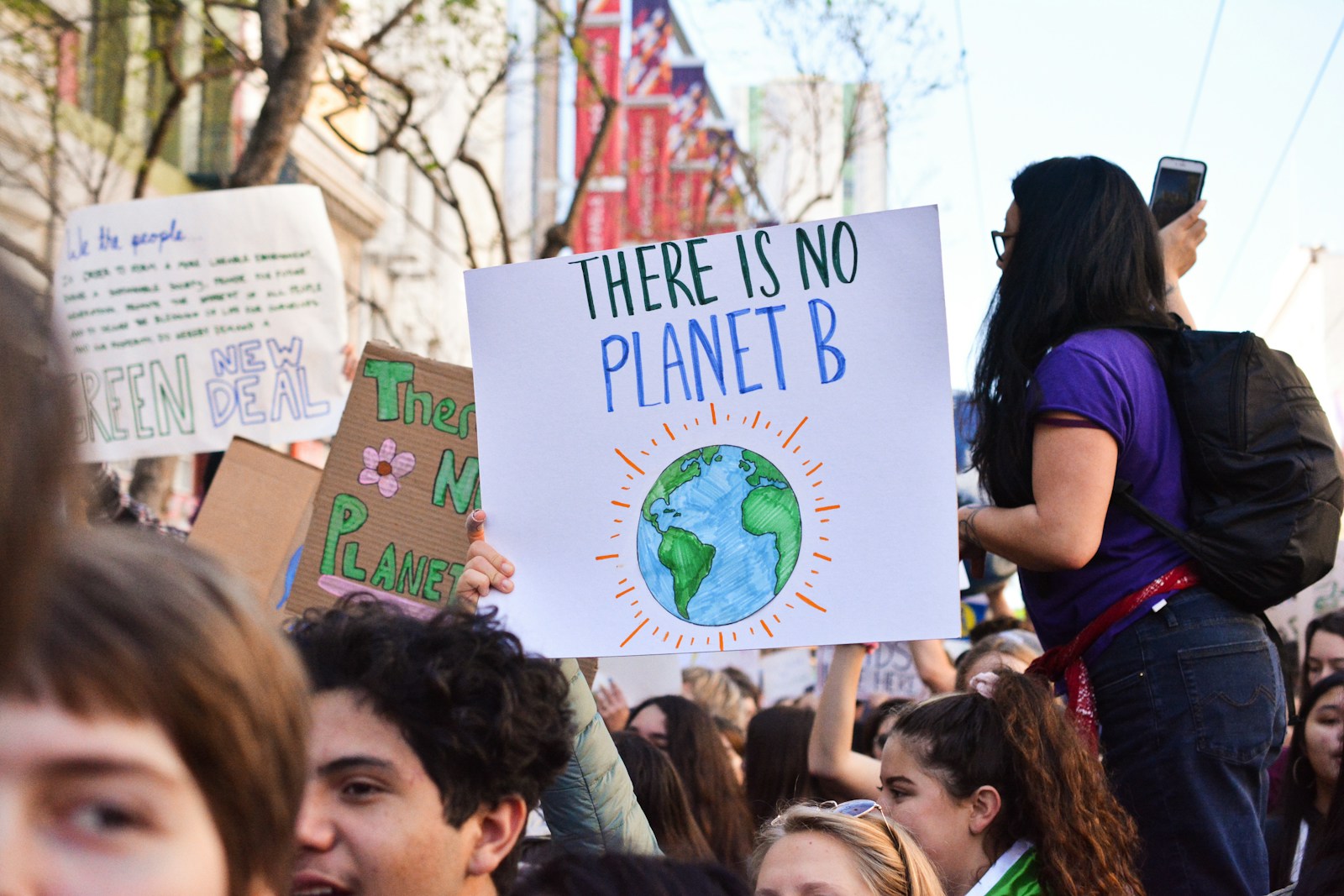
Climate Change and Maternal, Newborn, Child & Adolescent Health: A Global Call to Action
News
Aug 28, 2025
Climate change is here and it’s actively harming the health of women, newborns, children, and adolescents (MNCAH) worldwide. Rising temperatures, extreme weather, and environmental degradation are increasing the risks of pregnancy complications, malnutrition, infectious diseases, and mental health disorders among vulnerable populations.
According to a 2024 systematic review, climate hazards like extreme heat and air pollution raise the risk of preterm birth, stillbirth, and gestational diabetes by 12-47%. Meanwhile, UNICEF’s 2022 report highlights how floods, droughts, and displacement disrupt access to clean water, healthcare, and nutrition, threatening survival and development.
Let’s further discuss how climate change exacerbates MNCAH outcomes and explore evidence-based solutions that can protect future generations.
How Climate Change Harms Maternal, Newborn, and Child Health
Climate change doesn’t just affect the environment; it directly endangers mothers and babies, threatens food security, and inhibits physical as well as mental health.
- Increased Pregnancy and Birth Complications
– Extreme heat is linked to preterm birth, low birth weight, and stillbirth.
– Air pollution from wildfires increases the risks of asthma, respiratory diseases, and developmental delays in children.
– Flooding and droughts disrupt access to prenatal care, clean water, and nutrition, worsening maternal and infant mortality.
- Rising Infectious Diseases and Malnutrition
– Vector-borne diseases (malaria, dengue) are spreading to new regions due to warmer temperatures.
– Water scarcity and contaminated supplies increase diarrheal diseases, a leading cause of child deaths.
– Crop failures from droughts contribute to child malnutrition and stunted growth, with lifelong consequences.
- Mental Health Crisis in Children and Adolescents
– Post-traumatic stress disorder (PTSD) is rising among children exposed to floods, hurricanes, and wildfires.
– Climate anxiety affects 59% of youth globally, with many fearing an unlivable future.
– Family displacement due to climate disasters disrupts caregiving stability, worsening mental health outcomes.
Who Is Most Vulnerable?
Climate change affects everyone. Yet, some groups face disproportionate risks, and the first step is raising awareness about this.
- Pregnant women and newborns have a higher susceptibility to heat stress and infections.
- Children under 5 are vulnerable to malnutrition, disease, and developmental delays.
- Low-income and marginalized communities lack access to healthcare and disaster resilience.
- Climate migrants and refugees face disrupted healthcare and increased poverty.
Without intervention, the WHO and UNICEF warn that climate-related child deaths could rise by 200,000 every year by 2030. As Debra Jackson, Professor of Global Maternal and Child Health, LSHTM, and member of the WFPHA Women, Children and Youth Working Group states, “We know women and children are particularly vulnerable to the effects of climate change. Their future and lives depend on immediate action.”
Solutions: Protecting MNCAH in a Changing Climate
Global climate responses must prioritize maternal and child health, and using better data can help.
- Integrate MNCAH into Climate Policies
– National climate adaptation plans should include MNCAH protections, such as heat-resilient prenatal care.
– Reduce carbon emissions in healthcare (responsible for 4.4% of global greenhouse gases).
– Fund climate-resilient hospitals with backup power, clean water, and emergency obstetric care.
- Strengthen Data and Research
– Track climate-linked health outcomes with real-time monitoring systems.
– Expand research in low-income countries, where data gaps are largest.
– Educate communities and health workers on climate-related health risks.
- Multi-Sector Collaboration
– Health and environmental policies must align (e.g., clean energy reduces air pollution).
– Private sector investment in sustainable infrastructure and child health programs.
– Grassroots advocacy to amplify the voices of women, youth, and Indigenous communities.
We need unity across all sectors to combat this crisis. After all, there’s power in numbers.
Call to Action: What Must Be Done Now
The intersection of climate change and maternal-child health is one of the most significant public health challenges of our time. We must act now and demand climate justice for women and children.
- Governments: Pass laws protecting MNCAH in climate policies.
- Healthcare Systems: Build low-carbon, disaster-ready clinics.
- Researchers: Fill gaps in climate-health data, especially in vulnerable regions.
- Communities: Advocate for local climate adaptation and health equity.
By implementing evidence-based policies, resilient health systems, and global cooperation, we can safeguard the next generation.
